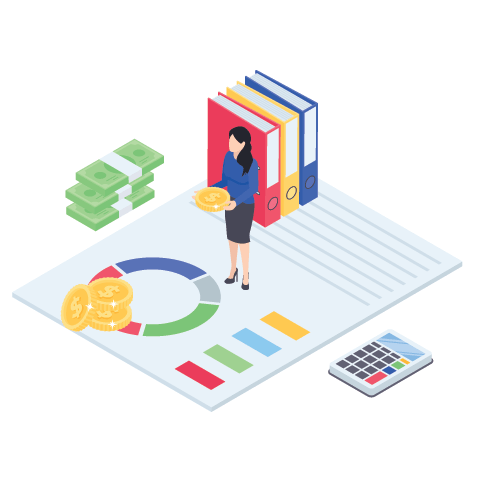Course Details
A web development course is designed to teach individuals the fundamental skills and techniques needed to build, design, and maintain websites and web applications. These courses typically cover both front-end and back-end development, as well as the overall workflow of developing a modern website. Web development has become an essential skill due to the growing importance of the internet in both business and personal contexts.

Web Development
A web development course can be an excellent way to gain practical skills and start a career in one of the most in-demand fields today. Whether you’re interested in becoming a front-end developer, back-end developer, or full-stack developer, these courses give you the knowledge and hands-on experience to build real-world applications and websites. The best part is that you can take these courses online at your own pace, making them accessible to anyone interested in learning web development.
Course Fee
20,000
Available Seats
30
Schedule
11.00 am - 1.00 pm
Introduction to Web Development
Overview of the Web: What is the World Wide Web, browsers, and how websites are accessed.
Basics of Web Technologies: Introduction to HTML, CSS, and JavaScript, which are the core building blocks of web pages.
How Websites Work: Understanding how web pages are delivered to users through web servers and how browsers display them.

Front-End Development
HTML (HyperText Markup Language): Learning how to structure a website with headings, paragraphs, links, forms, and images.
CSS (Cascading Style Sheets): IStyling and laying out the structure of your website, including colors, fonts, grids, and responsiveness.
JavaScript: Adding interactivity and dynamic content to web pages. This could include anything from simple form validation to complex animations.

Back-End Development
Server-Side Programming: Learning how to work with a server, manage databases, and interact with the front end of a website.
Databases: Introduction to databases and SQL (Structured Query Language), as well as popular databases like MySQL or MongoDB.
APIs (Application Programming Interfaces): Understanding how to communicate between different systems or services through APIs, enabling features like user authentication, payment processing, or retrieving data from external sources.

Web Development Tools
Version Control with Git: Introduction to Git for managing code changes and collaboration, using platforms like GitHub or GitLab for hosting and version control.
Text Editors/IDEs: Using code editors such as VS Code, Sublime Text, or Atom to write and organize code.
Browser Developer Tools: Debugging and optimizing websites using built-in browser tools.

Project-Based Learning
Building Projects: A web development course often includes hands-on projects where students build functional websites or applications to showcase their skills. These projects can range from a personal portfolio site to a complex e-commerce platform.
Collaborative Projects: Debugging and optimizing websites using built-in browser tools.
